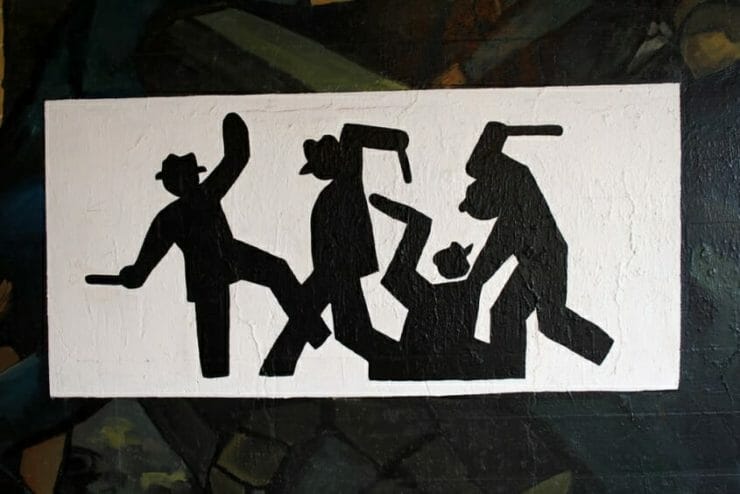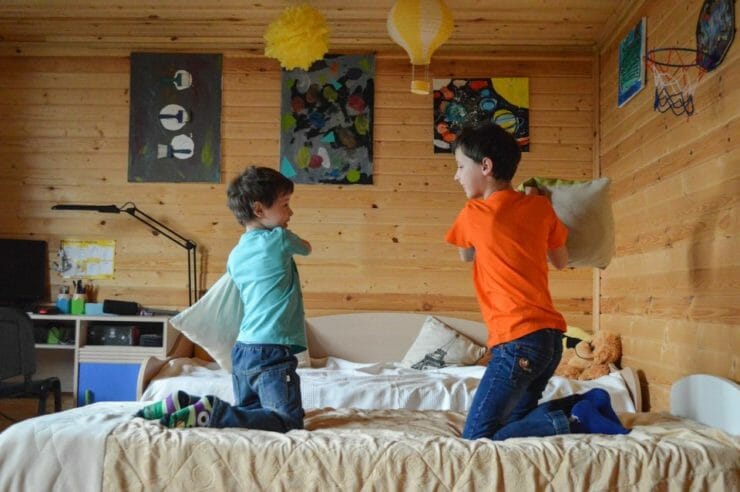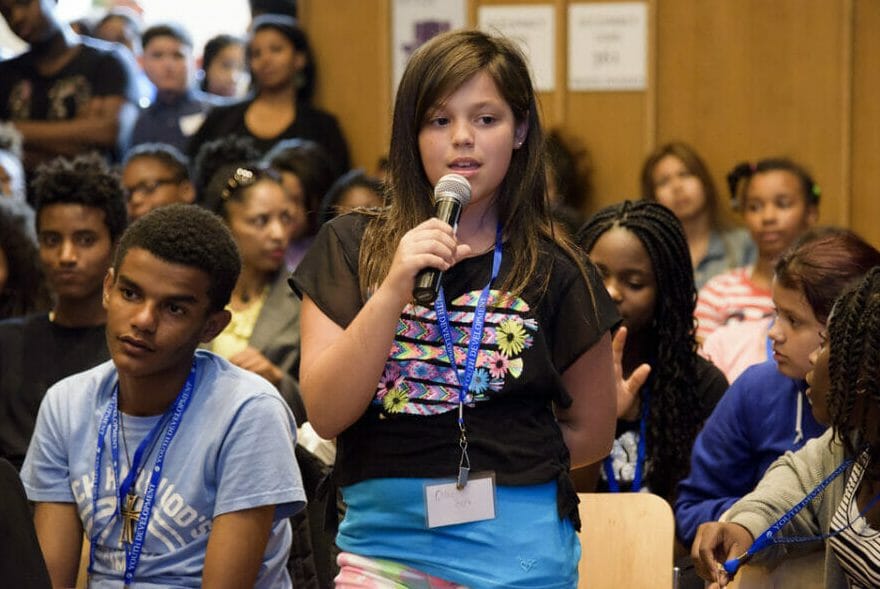
In my work for Together for Humanity, I must have read hundreds of articles while looking for solutions to specific forms of bullying and there was very limited mention of parents. I can easily understand why there was so little focus on parents’ role in eliminating bullying. It seems there is a fear of addressing the issue, as if pointing a finger at the parents will only make things worse.
Although I believe blaming is not a good strategy in solving any problem, I do think that shutting our eyes to the importance of the parenting style in creating the problem is not going to get us any closer to the solution.
Parents are the most important role models for their kids and the most valuable socializing agent. When their parenting style supports bullying behavior, they do not do it because they are mean and abusive. They do it because they do not know any other way or are not aware of the effects of their parenting on their kids and on society.
I think that avoidance and fear of discussing the parenting side is not doing parents any favors. By drawing attention to the importance of parenting, we can actually give parents back the power they need in order to run their family life in a productive, supportive and positive way. As a result (almost a side effect), we will also be reversing the bullying trend.
Read Home of the bully (2) »















